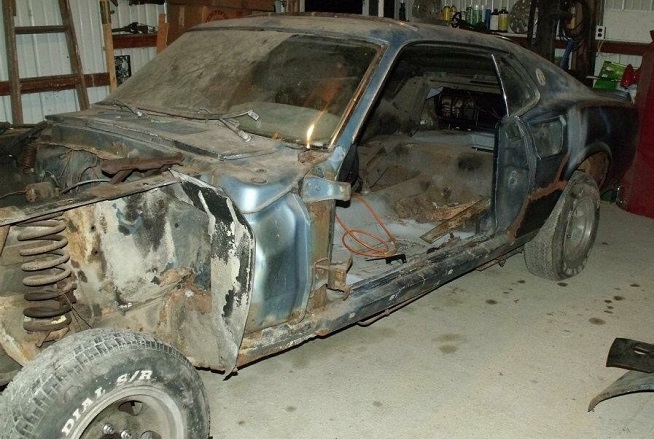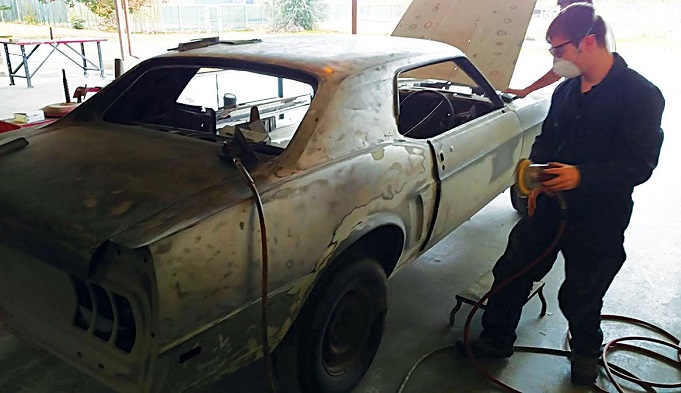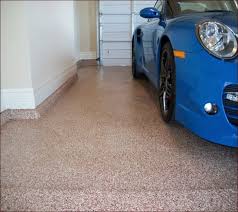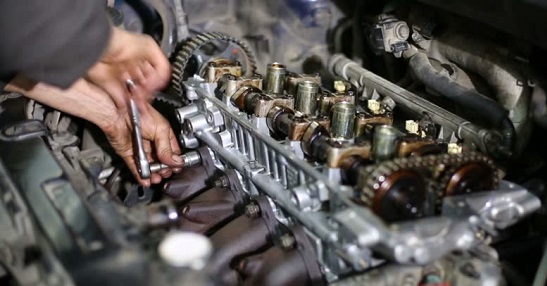Classic Cars
now browsing by category
Costs To Consider When Starting a Car Restoration Project

There is no doubt that car restoration projects require some decent funds. The amount depends on the level of restoration you are trying to achieve. Make a plan first because to determine what is important in your restoration project, there are costs you cannot skimp on but there are other areas that you do not need to pay more. Here is some information about car restoration prices. It does not include the car transport fee so it is wise to budget any form of transportation to get the car to your workshop. The condition of the car influences the cost to do the restoration. Mustangs could cost up to $5,000 which a bare chassis up to $2,500 and $1,500 for a good condition car. Register your car first before you are going on the road.

Car carrying is not overly expensive if you are flexible and take the time to compare interstate car transport companies. If you consider joining a car club, you might find like-minded people with similar interests and passion to help on your restoration project, including connections to discounted car transport services. If you intend to restore the vehicle to show car quality, it is necessary to remove the old body, change it with re-plated and blasted frame media. The cost to do this including polishing surrounding chrome fitting is approximately $15,000. If you are ready for a car show, opt for an enclosed car carrier to protect the car from external elements to ensure it is kept in pristine condition.
Let us break down the parts costs. The total amount is always changing but should be budgeted for before beginning the project. Parts for classics are not always widely available, if fact it could be hard to find or non-existent. This is where a parts fabricator will be required to custom make specific missing parts. For older classic cars that in complete original restoration, it is not remarkable to allocate a parts budget of $10,000 not including the markup. If you purchase parts from the automotive shop, you will most certainly be paying a premium rate, so this is where networking with automotive clubs, becoming a member and talking to other car enthusiasts and hobbyists can be beneficial. Now, checking the labour cost. Most of it costs $75.00 per hour. Clean and wash the parts take $25 per hour, restore the chrome for $45 and more if you plan to outsource a large portion of the restoration. You should be undertaking a majority of the car restoration project, a hobby like this is said to be a labour of love rather than for profit.

It is better to make a plan before you are going to do the restoration. You need to know the parts to be used whether it is original or not. If you want to replace certain parts with original parts, or consider the type of engine that is suitable. To sum up, a finished car restoration project can be rewarding and provide an immensely satisfying feeling. There are considerable costs involved and it is important to think realistically about what would be involved, it depends on the number of parts to restore, the quality of the parts used, the hours of labour, and the car transport fee. Once you have a better picture of what is involved in a restoration project and the costs to consider, you are in a greater position to determine if the project is feasible or will it leave you in a financial mess.
Tips to Preserve the Condition of Your Classic Car

Classic cars can be a great hobby to indulge in—but it’s important that you take the necessary steps to preserve the condition of your class car for as long as possible. Classic cars require special attention and care that goes beyond routine maintenance, especially if you plan to store your classic care long-term or even send it through interstate car transport. The following are 5 essential tips that will help you preserve the condition of your classic car.
Keep it covered
If your car is going to be kept outside for any period of time, then you need to keep it covered. This will help protect your car from rain, leaves, bird droppings, as well as the wind bellowing debris like gravel which could scratch your paint. You have two options for keeping your car covered in an open space: a carport or a tarp. Tarps are cheaper and more direct protection as they form a layer between your car and possible debris, but they can be annoying to constantly secure onto your car after use. Carports are slightly more expensive and are best for protecting your car from rain and sunlight rather than debris.
Install a moisture barrier between your car and the floor

If you can, create some type of moisture barrier between your car and the floor/ground where it will be parked. Insulated plastic or insulated foam barriers are ideal as they will help keep moisture away from your tires as well as the undercarriage of your car. This type of barrier is especially important if you will be engaging in any interstate car transport, as it will help prevent harmful moisture from damaging the underside of your car.
Have your moving parts regularly maintained and lubricated

The moving parts of your car need to be regularly maintained, cleaned and lubricated—even more so than you would a modern/new car, due to the fragility of classic car parts when they are left unmaintained.
Remove the battery when not used regularly
If you won’t be using your classic car for a while, then you should remove the battery; you can keep the battery charge up by routinely topping it off so that the battery won’t lose its strength. If you plan on using the car regularly you can keep the battery inside, but if you’ll be sending it across state lines or you plan on not using your car for, say, the winter season, then removal is the best option.
Get your car waxed every 6 months or so

Waxing is something that classic car owners shouldn’t neglect if they want their car to look its best over a long period of time. A regular waxing—about every 6 months or so—will help protect your classic car from various types of scratches and damages while making it look its very best.
Preserving the look and feel of your classic car isn’t easy, but if you follow the above tips you’ll find that preserving your classic car is easier than ever before.





